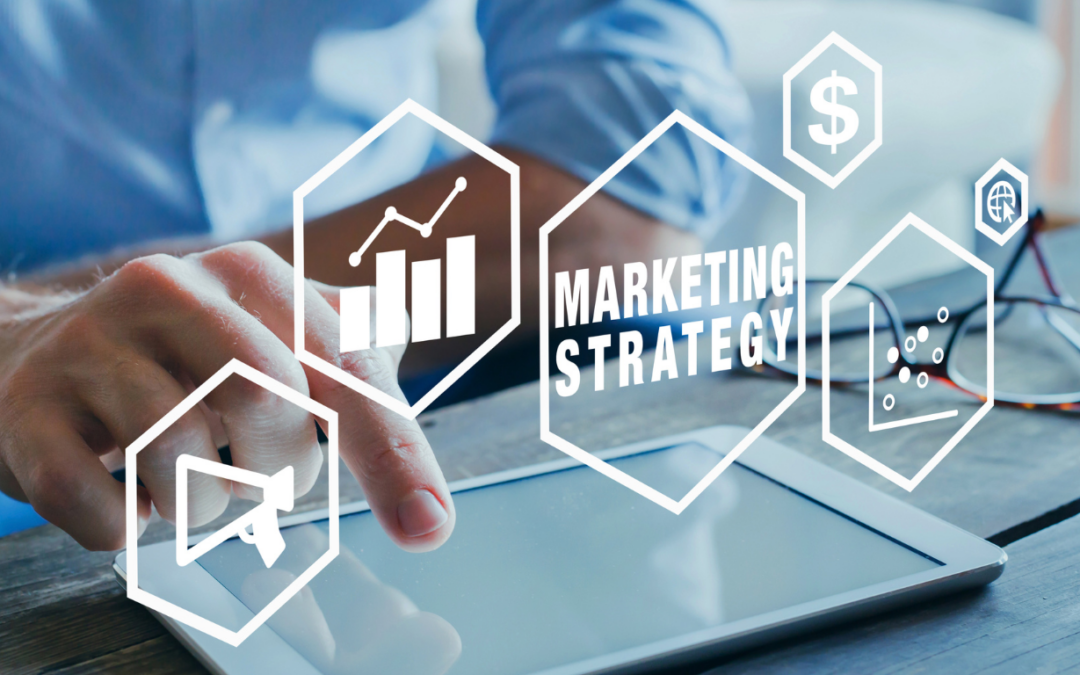
by Bill Poole | Sep 9, 2024 | Sales, Strategy
The Before Picture
Ashton Solutions provides IT strategies and solutions to small to medium-sized businesses across the Greater Cleveland region and the U.S.
Things were humming along at Ashton with a steady 12% growth rate, but that pace was starting to slow down. The company mainly worked with clients with between 10 and 100 employees, but no one could really agree on what an “Ideal Client” looked like. Without a clear picture, the sales team ended up chasing every lead that came their way, and everyone got a proposal, even if the prospects weren’t the best fit. Not surprisingly, only about 25% of those proposals turned into actual business.
This scattershot approach was wearing them out. Without a solid sales process or a clear path for clients to follow, the sales, marketing, and delivery teams were often out of sync. It was like everyone was playing a different tune, and it showed. The lack of consistent revenue processes made finding their rhythm and keeping the business growing tough.
The Plan
Ashton Services’ EOS Implementer, Kimberly Dyer, connected the Ashton leadership team with Convergo for help. The first step was to align everyone on the Ashton Ideal Client. Once that was clear, the next step was to refine their Proven Process for two reasons:
- To drive clarity in communications with prospects and clients about where they were and where they were on their path to value.
- Internally align so everyone understands their role in delivering an amazing experience for ideal clients.
The Ashton Way, their Proven Process, was the foundation for creating a simple, cross-functional Playbook that helped the team guide prospects and clients through a well-defined journey. Everyone was finally on the same page with consistent sales and marketing language, process rigor, and terminology across the Ashton Way.
This plan was not just about closing more deals; it was about making sure clients had a great experience from start to finish. The front end of the Proven Process is the sales process, so the next big step was to build a sales process with the new lens of an Ideal Client. One big change was that they started qualifying prospects against their Ideal Client Profile. So, instead of chasing every opportunity, they focused on the ones that were the best fit for the delivery team and the business itself. Now, when they send out proposals, they are going to prospects who would benefit from their services and not be a burden for their delivery team.
Convergo worked with Ashton on each stage of the Ashton Way, creating a cross-functional Playbook. The Playbook ensures the Ashton team knows exactly where the prospect/client is in their journey and their role in delivering a great experience. The Playbook is also used to enhance the onboarding and training of new team members.
The Results are In
The difference was huge. Since we started working together, Ashton Services has seen its annual revenue jump by 63%. They also started working with larger clients—businesses with 50 to 250 employees who had larger budgets and more complex needs.
But it wasn’t just about the money. The alignment enabled them to synch their messaging so that sales and marketing messages were consistent. The team was working together like a well-oiled machine. The person who used to spend all their time cranking out proposals suddenly had a lot more time on their hands, which they could now use for bigger-picture strategies.
Jim Abbot, the VP of Client Solutions at Ashton, said: “We get to ‘no’ faster, and we’re not chasing clients that are too small… We’re saving a lot of time by not actively chasing the wrong people.” With everyone following the same client journey, the whole company was moving in the same direction. They even reduced their sales team from three people to two, but thanks to their new focus on Ideal Clients, they were getting better results than ever. The sales process became consistent and easy to follow, and everyone started speaking the same language.
Ashton Services isn’t just growing again—they’re doing it in a way that feels right for them. And that’s something any small business owner can appreciate.

by Bill Poole | Aug 5, 2024 | Sales
The Proven Process tool (aka Client Journey, or Client Experience) is an under-utilized tool. As many have said, the Proven Process is the “Front Stage.” These are the stages that your clients navigate with your business to maximize the value they will realize.
For differentiation, on the other side of the coin, the “Back Stage” is where you find your Core Processes, which are the internal processes in place to ensure your client seamlessly navigates their journey across your Proven Process. Especially for services-minded businesses, the Proven Process can be the most tangible tool to communicate how your clients will maximize the value delivered.
The Proven Process is a phenomenal sales tool. Here are 5 ways you can use your Proven Process to drive more sales:
- Validate your Proven Process
- Align around your Proven Process
- Use your Proven Process
- Measure your Proven Process
- Improve your Proven Process.
Below is some insight on all 5 of these.
Validate Your Proven Process
When was the last time you asked your IDEAL prospects and clients how they felt as they navigated their experience with your business? Gathering external feedback ensures you are focused in the right areas when assessing needs and communicating value in your proposals. This improves close rates for Ideal Prospects.
Here are some ways to validate your Proven Process:
- Engage a third party to talk with your clients. At worst, you will confirm what you think you now know. But you will likely be surprised by what you learn!
- Send surveys to clients to gather their feedback on different stages of the proven process as appropriate.
- For businesses with very high customer lifetime value, a focus group can provide a lot of collective insight that you can use to improve delivery of services
Align Around the Proven Process
Your business should be aligned around your Proven Process from your client’s perspective. If all team members have this foundation, then all understand their role in ensuring that prospects and clients have a great experience. When team members understand what prospects and clients have done and will be doing as their journey transitions from department to department, it is extremely helpful to prospects, clients, and your team.
Here are some ideas to align around your Proven Process:
- Create a brand around it and launch it internally. Hang posters on the wall, including it in prospect/client-facing communications.
- Use your proven process to add context to any prospect/client-facing processes (sales, marketing, client delivery).
- Ensure the handoff from marketing is a seamless process, over-communicating and leveraging video so clients know where they are in your process and what is next.
- Set the client delivery team up for success by getting them what they need to deliver excellent service.
Use Your Proven Process!
A lot of proven processes are created at the launch of EOS and then decay on the V/TO. Don’t let this happen to you!
Here’s how to use it:
- Use it to communicate the path to value throughout the Sales Process. Prospects and clients enjoy clarity, and showing them where they are on a visual level can be extremely helpful.
- Closing tool – map how your client’s compelling event aligns with your proven process to ensure they know what is involved in them getting where they need to go.
- Qualifying tool – if a prospect doesn’t seem to fit with your proven process, then it may not be a good client.
Measure Your Proven Process
Most scorecards consist primarily of internal KPIs and metrics that do not measure how your clients navigate your business. Adding proven process KPIs to your scorecard helps you understand where to improve. These KPIs are not likely weekly scorecard metrics but are impactful to reflect back on a quarterly or monthly basis.
Here are some ideas to measure your Proven Process:
- Lots of stages are cross-functional. Measure all stages on your Leadership Scorecard and carry down the metrics that each department affects.
- Measure conversion rates. This is the percentage of prospects or clients who move to the next stage of the Proven Process. This idea might not apply to all stages, but it works for many of them.
- Measure your clients’ satisfaction. Understanding your client’s perspective on how they felt provides immediate actionable insight. Stages like onboarding are great opportunities to send clients a short survey to rate their experience and gather subjective feedback.
- Measure time in stages of the Proven Process where possible. This can have financial and client satisfaction implications. Measuring the time spent in a stage like onboarding allows you to improve internal processes to streamline the process and help your clients achieve results quicker.
Improve Your Proven Process
“To improve is to change; to be perfect is to change often.” Winston Churchill
Once your Proven Process is implemented and you are measuring it, get it into a continuous improvement cycle!
Here are some ideas on improvement:
- Put it on your quarterly agenda to reflect back on metrics, pick a stage that needs to be improved, and set a cross-functional rock to improve it.
- Improve it in your normal Traction meeting cadence. Some insight gathered presents opportunities for immediate action and improvement. For example, a client survey might include a suggestion for something that can be improved with ease.
Download our Proven Process Checklist for more info.

by Bill Poole | Sep 6, 2023 | EOS, Marketing, Strategy
The four elements of the Marketing Strategy component of the Vision/Traction Organizer™ of the Entrepreneurial Operating System® provide a fantastic framework for growing your business. If you don’t remember off the top of your head, the four elements are:
- Your target market/The list
- 3 Uniques™
- Your Proven Process
- Your Guarantee
The first step in leveraging this framework is to ensure that you do a thorough job of documenting each one of the four elements. But that’s still just the beginning! As is the case with most of the EOS® tools, the power is in how you leverage these on an ongoing basis. How do you go about doing that? For starters, everyone in your organization should be able to recite each of the four elements at any given moment.
Below are some ideas as to how you can put the different elements in to work for you and your B2B business. A brief introduction for each is included, but I’m not going to spend much time talking about the elements themselves (your EOS Implementer® can help with that!).
Target Market/The List
The Target Market refers to the clients that are ideal fits for your business. This includes basic information like what industry they are in, what geography they are in, and other descriptive characteristics. In the B2B space, this should also include who the key players are inside of those businesses. Here’s some ideas around taking the next step in providing value to your Target Market and growing your business:
- Your target market is identified and an ideal client profile is created that represents the businesses that are ideal fits for your products and services
- Everyone in your business can communicate the profile of your ideal client and the desired outcomes that your organization delivers to those clients
- Key functional contacts that work in businesses that fit your ideal client profile are identified and documented and the specific outcomes they desire are identified and documented
- 100% of the organizations that fit your ideal client profile are identified in your CRM
- 100% of key functional contacts within your ideal client organizations are identified in your CRM
- A sales and marketing strategy is designed and documented with the goal of engaging with 100% of the key functional contacts within organizations that fit your ideal client profile
- You are able to measure engagement levels with all of these functional contacts
3 Uniques™
Your 3 Uniques™ provide a high-level outline for what differentiates you from your competitors. While you may share a unique or two with other providers, your 3 Uniques™ should not be shared by any other business. Here are some thoughts around putting your 3 Uniques™ to work for you:
- Your entire organization can articulate your 3 Uniques™ and why they matter to your ideal client
- 3 Uniques™ are clearly represented in some way on your website
- 3 Uniques™ come to life in all sales and marketing collateral
- Your sales process is designed to leverage your 3 Uniques™
- You have shareable case studies that show how your 3 Uniques™ are directly benefiting a client’s organization
- Content that communicates the value of your 3 Uniques™ is regularly shared with your audience
- Proposals are structured to clearly communicate how the 3 Uniques™ will benefit your prospects
Guarantee
Simply stated, your guarantee should remove the most significant barriers for your target market to do business with you and it should support your value proposition. Here are some things that you can do to ensure your guarantee is properly communicated to your target market:
- Your guarantee clearly addresses and overcomes the most common challenge that prospects have in engaging with your business
- Your guarantee clearly articulates the consequences of your company not fulfilling on your end of the guarantee
- Your guarantee is communicated on the homepage of our website
- Your guarantee is communicated on all sales proposals
- You have referenceable examples where we a client leveraged your guarantee satisfactorily
- Your guarantee is in the footer of your emails
Proven Process
Your Proven Process should provide context and clarity as to how your ideal clients will navigate their experience with your business. At Convergo, We see the Proven Process as a subset of the Ideal Client Experience. We feel strongly that the Ideal Client Experience is the foundation for aligning to your entire business to maximize the value that you provide to your clients. Here are some thoughts around the Proven Process in motion:
- Your proven process has an internal brand and 100% of your team can recite your proven process and their role in the process
- There is a external version of your proven process that shows prospects how they will engage with your business if they were to become a client
- The sales and marketing arms of your organization are aligned around your proven process with the goal of creating an amazing client experience
We’d love to hear from all of you how you are bringing the marketing elements of your V/TO™ to life in your organization.



